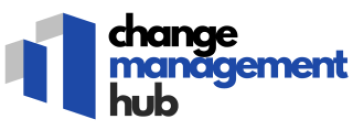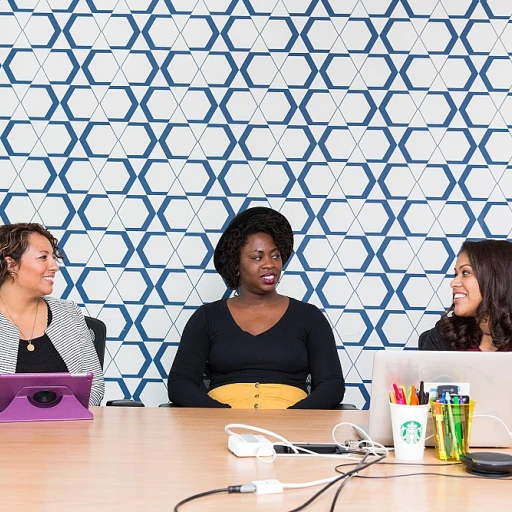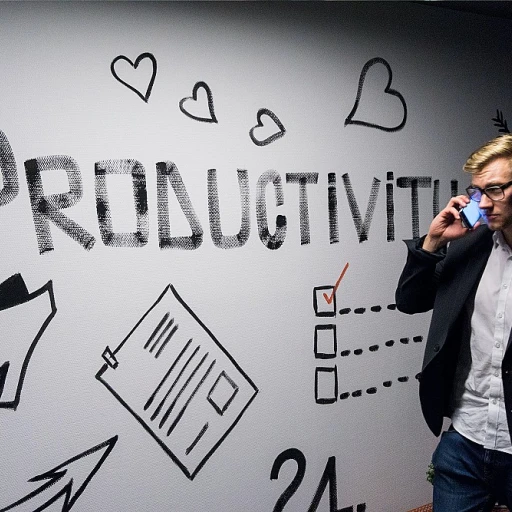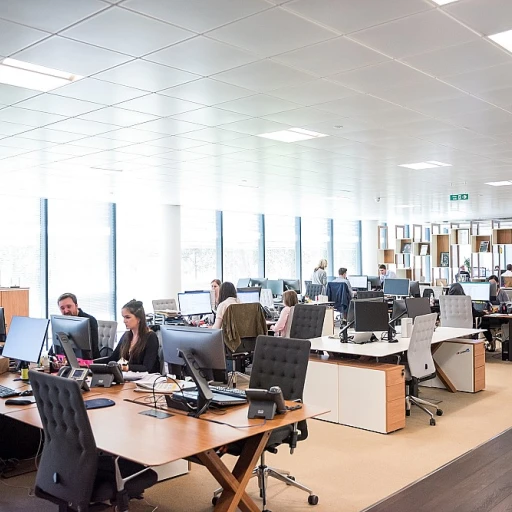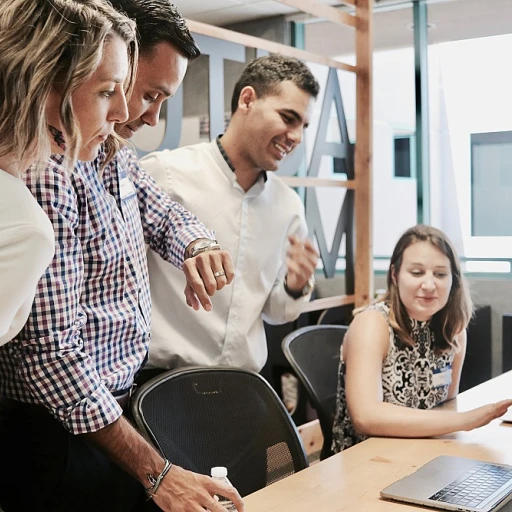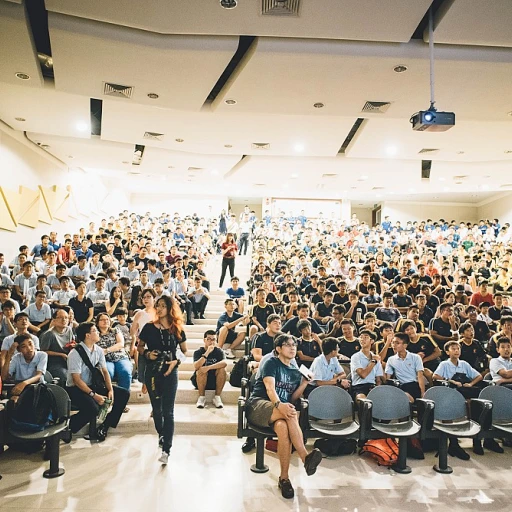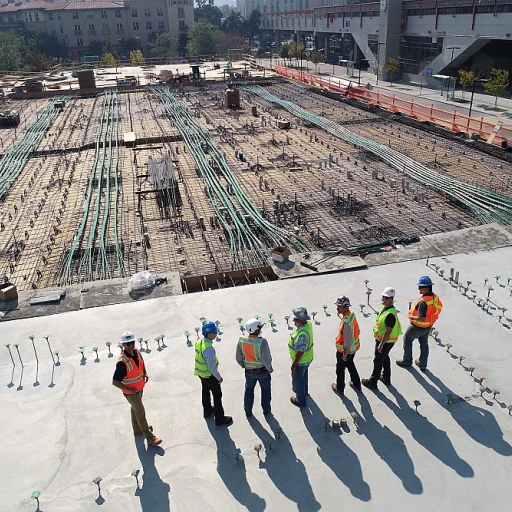
Grasping the Concept of the Learning Loop
Exploring the Foundations of Continuous Learning
Understanding the initial phase of the learning loop is crucial for setting a successful foundation in any learning journey. The concept of a learning loop, often highlighted in military strategies, revolves around the cyclic process of acquiring knowledge and skills, refining them, and applying this newfound understanding to subsequent challenges.
In essence, the learning loop synchronizes with the learning cycle, blending Kolb's experiential learning framework with modern approaches to adaptive learning. The learning process is initiated through concrete experiences that invite learners to engage directly with tasks or challenges. This active participation allows students and team members to derive firsthand insights that can be examined during reflective observation.
The learning loop and the learning cycle are both dynamic processes that encourage decision making through active experimentation. Learners are encouraged to test theories and hypotheses, allowing the learning loop to spiral through an iterative cycle. This approach is not only applicable in educational settings but is also integral to product management and team development. By aligning stages of learning with feedback mechanisms, organizations can foster an environment of continuous improvement.
Moreover, the initial stage sets the tone for success. When learners embark on this journey with a clear understanding of the cycle and harmony with their preferred learning style, whether it's through abstract conceptualization or hands-on practice, they build a robust foundation for growth. This stage not only initiates but also amplifies the entire learning experience, ensuring feedback is consistently integrated into subsequent cycles.
Implementing the learning loop effectively requires a commitment to measure learn methodologies, facilitating a balance of action and reflection. The feedback garnered from each stage empowers learners to refine their strategies, fostering a workflow that is both productive and innovative. As the cycle progresses, the synergy between experience and reflection crystallizes, enhancing the learner's capacity to adapt and excel.
The Importance of the First Stage
Recognizing the Value of the Initial Phase
The first step in the learning loop is critical as it sets the foundation for what follows. In the context of the learning process, this stage often involves a concrete experience, a tangible starting point that shapes the way learners engage with new information. This phase is pivotal in both experiential learning and motor learning, where direct interaction with a task leads to deeper understanding and skill acquisition.
This initial stage in a learning cycle can essentially dictate the overall success of the entire loop. The experiences gathered here form the basis for reflective observation and further analysis, which are crucial components of the learning loop. Moreover, these experiences generate intriguing insights that influence the stages of abstract conceptualization and active experimentation within Kolb's learning model.
Implementing the learning loop in a management or team setting allows everyone involved to contribute their experiences, turning raw data into applicable knowledge that can significantly enhance outcomes. It begins with the initial stage, and as learners, students, or team members go through this cycle, they continuously build upon and refine their understanding, creating a feedback-rich environment over time.
The significance of this stage also lies in its ability to streamline decision making by providing a solid starting point for analysis. As individuals encounter new information here, they initiate a continuous process that shapes their overall learning experience into an adaptable, refined, and responsive cycle.
Identifying Key Challenges
Overcoming Potential Roadblocks in the Initial Phase
Embarking on the first phase of the learning loop, learners and teams often face several key challenges that can hinder progress. Understanding and identifying these hurdles early in the process can be pivotal for successful implementation. Here, we delve into some common obstacles and how they can be effectively addressed.- Resistance to Change: One of the most prevalent challenges experienced in the initial stage is resistance to change. This can arise from learners' reluctance to adapt to new learning styles or from a lack of motivation within the team. Embracing change management perspectives and providing continuous feedback can help ease this transition.
- Inadequate Resource Allocation: Without proper resources and support, learners and organizations might struggle to implement the experiential learning cycle effectively. It's crucial for the management to ensure that sufficient time, tools, and personnel are available to support the learning process.
- Ambiguity in Objectives: Often, learners may encounter difficulties due to unclear objectives. Clearly defining the aims of the learning loop at every stage of the cycle can significantly minimize confusion. This involves setting concrete experience-based goals and deciding on measurable outcomes from the onset.
- Feedback Gaps: Effective feedback is a cornerstone of the learning loop, as it directs reflective observation and active experimentation. Ensure that a robust system for providing and receiving ongoing, actionable feedback is in place, empowering learners to efficiently navigate the cycle.
Strategies for Effective Implementation
Practical Steps for Integrating Feedback and Learning
Implementing the initial phase of the learning loop involves addressing key challenges and utilizing effective strategies focused on integrating feedback and fostering learning. Leveraging the established cycles and processes can help learners, whether students or team members, enhance their knowledge and skills.- Facilitate Reflective Observation: Encourage learners to engage in reflective observation, a crucial stage for understanding their experiences. This step is vital for bridging the learning cycle and allows them to conceptualize new approaches.
- Incorporate Active Experimentation: Empower learners to actively test their new concepts. Through active experimentation, they can transform their ideas into concrete experiences, solidifying their knowledge.
- Utilize Kolb’s Learning Model: Applying the principles of Kolb's learning cycle can help guide learners through distinct stages, ensuring that they not only gather information but also apply their insights effectively.
- Develop a Feedback Loop: Incorporate feedback early and often. A well-structured feedback loop is crucial for identifying areas needing adjustments, helping learners refine their decision-making skills.
- Time-Bound Reflection: Set specific time frames for cycles of learning to review progress. This enables a structured approach to abstract conceptualization and reflective observation within the learning process.
- Promote Experience Sharing: Encourage team members to share their learning experiences. This not only builds a repository of knowledge but also strengthens team collaboration and collective learning.
Implementing these strategies effectively requires thoughtful consideration of each learner's style while ensuring the process aligns with the organization's goals. When executed properly, the learning loop becomes a powerful tool for fostering continuous improvement and growth within any learning environment.
Real-World Examples
From Theory to Practice: Real-World Applications
Exploring real-world examples of the initial phase of the learning loop can provide clarity on how these concepts translate to practical settings. In many ways, the learning loop's foundation aligns with aspects of Kolb's experiential learning cycle, where concrete experience and reflective observation play pivotal roles in knowledge acquisition. By understanding this relationship, teams and organizations can harness the benefits of the learning process to foster improvement and innovation. Consider an organization that consistently implements feedback mechanisms to support their learners through the stages of this cycle. These teams often see a notable enhancement in decision-making capabilities. For instance, a software company may adopt an iterative approach—also known as build-measure-learn—to refine their product offerings. By actively experimenting and gathering customer feedback, the company continuously evolves their product to better meet client needs, echoing principles found within the OODA loop framework in military strategies. Educational institutions also exemplify the learning loop in action. By allowing students to encounter hands-on experiences, coupled with stages of abstract conceptualization, educators successfully build a robust foundation for learning. In these environments, the integration of diverse learning styles invites learners to engage in the process meaningfully, tailoring the loop to accommodate different preferences and facilitating effective knowledge transfer over time. Across industries, real-world applications of the learning loop emphasize the value of incorporating feedback and iteration into the learning style and management processes. By viewing each stage as an opportunity for growth, organizations and students alike can navigate the complexities of the cycle efficiently and holistically.Measuring Success and Adjusting
Metrics and Adjustments: Key for Success
Successfully navigating the learning loop involves an intricate process where measurements and feedback play a pivotal role. For learners and teams, understanding their progression through various stages such as concrete experience, reflective observation, and active experimentation is crucial. Reflecting on these components helps build a solid foundation of knowledge and informs decision making.
In this ongoing cycle, frequent assessments extend beyond personal reflection, becoming a strategic tool in experiential learning. Evaluating the feedback from each stage of the loop allows learners to effectively adjust their strategies and methods. This iterative process ensures that not only are they learning more efficiently, but they are also applying the knowledge in real-world scenarios.
For instance, employing metrics such as completion rates of specific learning modules, engagement levels during activities, and feedback scores can help gauge the effectiveness of the experiential learning process. Active experimentation, a core aspect of Kolb's learning style, allows participants to apply the insights gained, thus solidifying their learning experience as they cycle through different stages.
Moreover, a solid feedback loop is indispensable. Constructive feedback should be timely and action-focused, allowing learners to iteratively enhance their understanding and approach. This feedforward mechanism is critical for shaping future adjustments and ensuring continuous improvement.
Ultimately, measuring success and adapting strategies within the learning loop not only strengthens the learning experience but also enhances learners' capabilities to address key challenges. The ongoing evaluation ensures that teams are equipped with the necessary tools to refine their approaches, akin to the OODA loop framework—a valuable tool for rapid adaptability in dynamic environments.
